Mythology
Dive Into Norse Mythology Stories
From Valhalla to Yggdrasil, Norse mythology myths mix humor, tragedy, and magic in a universe where even gods face their doom.
Advertisement
Legendary Norse tales, from Odin’s quest to the fall of the gods at Ragnarok
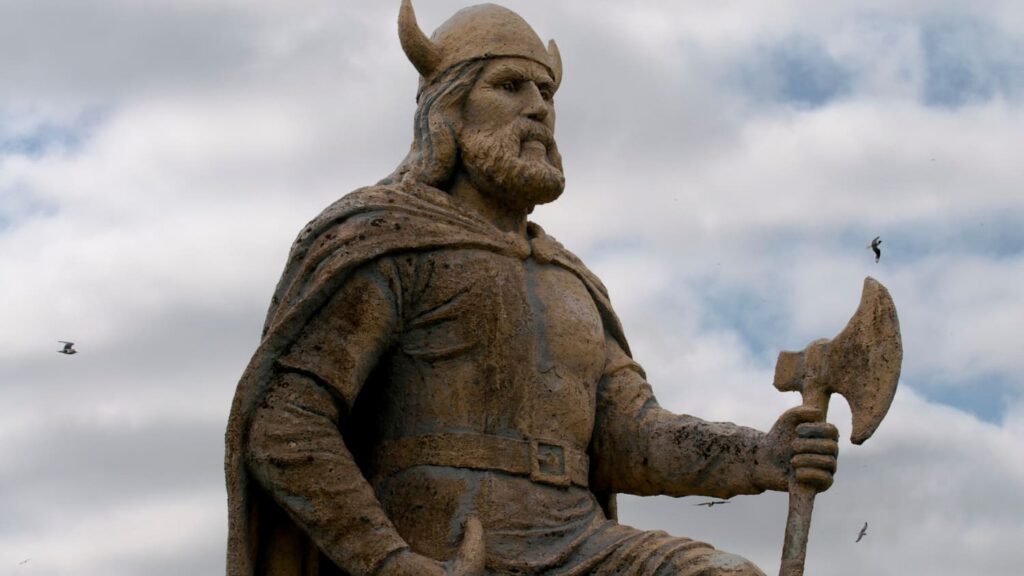
Norse mythology stories are filled with cosmic drama, divine flaws, and epic quests that defined Viking beliefs about life, death, and destiny.
From Odin’s relentless search for wisdom to Loki’s chaotic mischief, these stories blend violence, magic, and meaning like no other mythological tradition.
For the Norse, death was certain—but honor could be eternal. As John Lindow notes, “but a reputation never dies for the one who acquires a good one”.
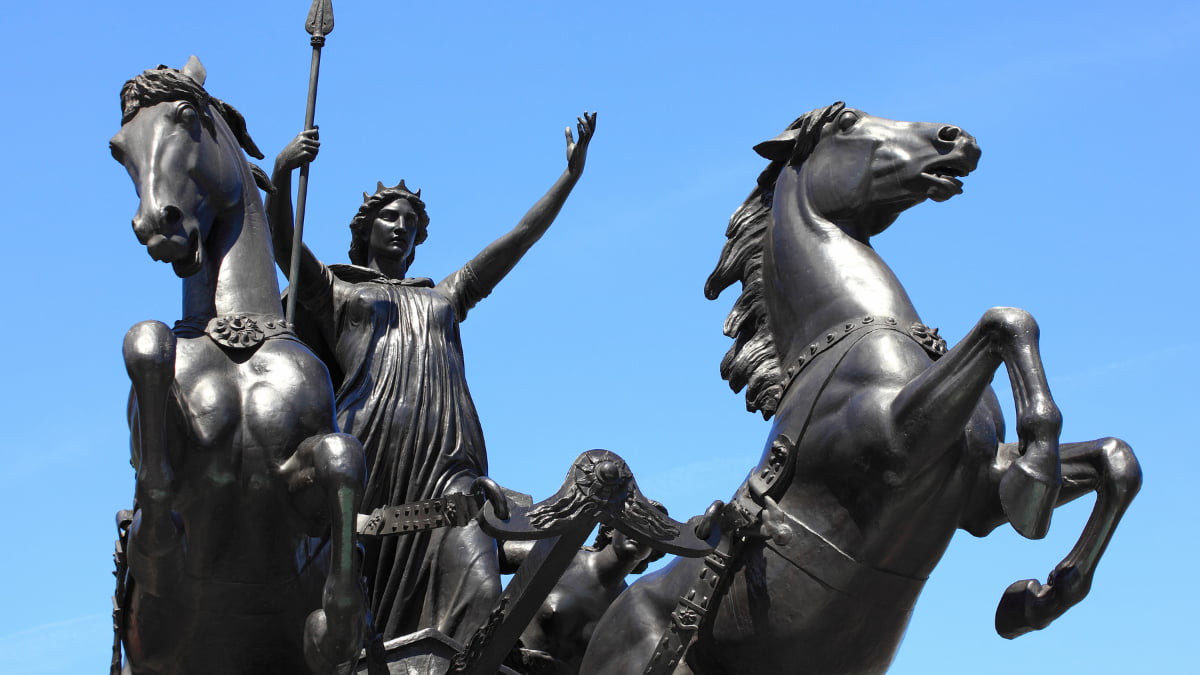
Rebel Heroes Who Rocked Ancient History
From fearless mortals to rebellious deities, these rebel heroes in history rewrote myths and challenged power with legendary defiance.
The Creation of the Nine Worlds
The Norse cosmos began not with gods, but with a vast void and two primal realms locked in elemental tension: fire and ice.
From this clash came the first beings, whose existence and sacrifice would shape the very structure of the Nine Worlds as we know them.
Ginnungagap: The Void Before All Things
Before the Norse cosmos existed, there was only Ginnungagap—an infinite void, silent and formless, stretching between fire and ice.
This primordial emptiness separated two extreme realms: fiery Muspelheim to the south and icy Niflheim to the north.
Norse mythology stories describe Ginnungagap as the neutral zone where creation first sparked, long before gods or mortals existed.
Fire Meets Ice: The Birth of Ymir
When Muspelheim’s heat met Niflheim’s frost, the melting ice gave birth to Ymir, the first being and ancestor of the frost giants.
Ymir’s sweat birthed other giants, while the primal cow Audhumla nourished him and uncovered Búri, Odin’s grandfather.
These early myths show how Norse mythology stories blend elemental forces with divine ancestry and epic origins.
The Death That Created the Cosmos
Odin and his brothers, Vili and Vé, killed Ymir and used his body to shape the cosmos—earth from flesh, oceans from blood.
His bones became mountains, his skull the sky, and sparks from Muspelheim formed the stars above Midgard.
Through death and divine craftsmanship, Norse mythology stories depict creation as a brutal, sacred act of transformation.
Odin’s Sacrifice and the Runes of Power
Odin, the Allfather, wasn’t born wise—he earned his knowledge through pain, sacrifice, and relentless pursuit of divine secrets.
The runes, symbols of power and fate, only revealed themselves after Odin gave more than any other god had ever dared.
Hanging from Yggdrasil: The Allfather’s Trial
Odin hung himself from the World Tree, pierced by a spear, fasting and suffering for nine days and nights in total silence.
This brutal self-sacrifice mirrored a death ritual, offering his life to himself in exchange for deeper cosmic understanding.
Norse mythology stories often show that true wisdom demands sacrifice, and Odin’s trial is the ultimate symbol of that price.
Secrets of the Runes and Sacred Knowledge
After enduring the torment, Odin glimpsed the runes—mystical symbols flowing from the roots of Yggdrasil, tied to magic, language, and fate.
He learned their meanings, unlocking spells, charms, and the secret knowledge used in battle, healing, and prophecy.
In Norse mythology stories, the runes embody the idea that language itself holds the keys to shaping reality and destiny.
Wisdom, Pain, and the Price of Power
Odin’s journey didn’t stop with the runes—he sought Mímir’s well and gave one of his eyes for even deeper wisdom.
The loss of his eye became a symbol of the constant tension between vision and sacrifice in the pursuit of truth.
Through Odin’s trials, Norse mythology stories explore how divine knowledge is never given freely—it’s earned through suffering and loss.
Loki’s Tricks, Trials, and Chaos
Loki is chaos incarnate—charming, clever, and dangerous. He shifts shapes and allegiances, always balancing between mischief and total destruction.
Though a companion of the gods, his actions often unleash consequences that shape the course of Norse mythology stories forever.
From Ally to Outcast: Loki’s Shifting Roles
Loki once stood beside Odin and Thor, helping the gods out of trouble—and sometimes getting them into it in the first place.
He used tricks to recover Thor’s hammer and outwitted giants, proving himself a useful if unpredictable figure in divine affairs.
But Norse mythology stories reveal how even useful tricksters fall—Loki’s selfishness would soon turn him from guest to enemy of the gods.
The Birth of Monsters: Fenrir, Jörmungandr, Hel
With the giantess Angrboda, Loki fathered three monstrous children: Fenrir the wolf, Jörmungandr the serpent, and Hel, goddess of the dead.
The gods feared them—Odin cast them across realms, binding Fenrir, hurling the serpent to the sea, and sending Hel to rule the underworld.
These offspring embody chaos and fate, and Norse mythology stories frame them as ticking time bombs in the divine plan of the cosmos.
The Trickster’s Path to the Final Betrayal
Loki’s worst act was engineering Baldur’s death, exploiting a loophole in Frigg’s protection spell to orchestrate the god’s fall.
The gods captured him, bound him beneath the earth, where venom drips onto his face—until Ragnarok comes to free him.
His arc shows how Norse mythology stories turn even the cleverest gods into tragic agents of destruction when loyalty gives way to ego.
Thor’s Most Unbelievable Adventures
Thor, god of thunder, is strength personified—but he’s more than a hammer-swinging brute. His stories mix battle, humor, and surprising depth.
In Norse mythology stories, Thor often faces giants, loses his temper, or even cross-dresses—all while protecting gods and mortals from chaos.
The Hammer Thief and the Wedding Disguise
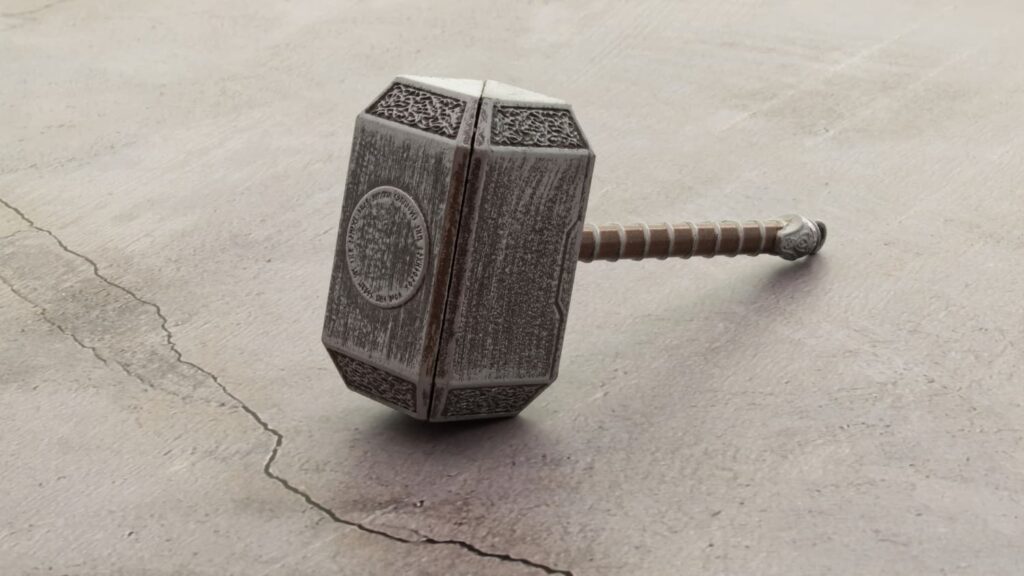
When giants stole Mjölnir, Thor disguised himself as Freyja to retrieve it—complete with bridal gown, veil, and volcanic rage.
Loki played his part as the “bridesmaid,” and Thor’s disguise fooled the giants just long enough for him to reclaim his weapon.
Norse mythology stories love irony, and here Thor’s hyper-masculinity is tested in one of mythology’s funniest and most absurd adventures.
Thor vs. the Giants: Tales of Thunder and Rage
Thor’s battles against the jötnar are legendary—he crushes skulls, drinks oceans, and rows with impossible strength to defend the gods.
Often impulsive and loud, he represents divine might against the ever-threatening force of wild, ancient chaos.
In Norse mythology stories, these battles reflect the gods’ eternal struggle to keep the world from falling into darkness.
The Fisher and the Serpent: A Battle with Jörmungandr
Thor once went fishing with the giant Hymir and nearly caught Jörmungandr, the Midgard Serpent, using an ox head as bait.
He pulled the serpent from the sea, hammer in hand, when Hymir cut the line out of fear. The serpent escaped—for now.
This moment foreshadows Ragnarok, where Norse mythology stories promise a final, fatal showdown between Thor and his monstrous rival.
Yggdrasil and the Cosmic Structure
At the heart of Norse mythology stories stands Yggdrasil, the World Tree—a vast ash that connects gods, realms, and the roots of existence.
More than a symbol, Yggdrasil is a living structure that holds together the nine worlds, their creatures, and the very flow of fate.
The World Tree That Connects Everything
Yggdrasil’s branches reach into the heavens while its roots dig deep into unknown realms, linking gods, mortals, and the dead.
The gods hold their daily councils beneath it, and animals like Ratatoskr and Níðhöggr move through its limbs with cosmic purpose.
Norse mythology stories treat Yggdrasil as both map and mystery—an eternal axis where all mythic paths intersect.
Realms of the Norse Cosmos
| Realm | Description | Inhabitants |
| Asgard | Realm of the Aesir gods | Odin, Thor, Frigg |
| Midgard | The world of humans | Humans |
| Vanaheim | Realm of the Vanir gods | Njord, Frey, Freyja |
| Jotunheim | Land of the giants (jötnar) | Frost giants |
| Niflheim | Realm of ice and mist | Hel, dead souls |
| Muspelheim | World of fire and chaos | Surtr, fire giants |
| Alfheim | Realm of the light elves | Light elves |
| Svartalfheim | Realm of the dwarves | Dwarves |
| Helheim | The underworld, ruled by Hel | Souls of the dishonored |
This layout reflects how Norse mythology stories organize cosmic roles—from gods and giants to the honored and the lost.
Norns, Wells, and the Flow of Fate
Beneath Yggdrasil lies Urðarbrunnr, the Well of Fate, where the Norns spin the destinies of gods and mortals alike.
The Norns—Urðr (past), Verðandi (present), and Skuld (future)—carve runes into Yggdrasil’s bark, shaping all that happens.
In Norse mythology stories, fate is not negotiable—even gods are bound by what the Norns weave at the tree’s sacred roots.
Creatures of Norse Myth and Their Symbolism
Norse mythology stories are filled with extraordinary creatures—some terrifying, others wise—all playing key roles in the cosmic narrative.
These beings aren’t just monsters or animals; they symbolize chaos, fate, memory, and even divine balance across the Nine Worlds.
Beasts, Birds, and Serpents in the Sagas
From the ever-growing serpent Jörmungandr to the prophetic ravens of Odin, creatures are central to myth and meaning in Norse lore.
These beings challenge gods, shape prophecies, and often blur the line between the natural and supernatural realms.
Norse mythology stories use animals and monsters to express primal fears, divine truths, and the unpredictable forces of existence.
Creatures That Represent Chaos, Order, and Transition
Here are some of the most iconic mythological beings and what they represent in Norse mythology stories:
- Sleipnir – Odin’s eight-legged horse, a symbol of speed and spiritual travel
- Huginn and Muninn – Odin’s ravens, thought and memory; watchers of the world
- Fenrir – The wolf destined to kill Odin during Ragnarok; chaos and vengeance
- Jörmungandr – The Midgard Serpent; boundaries, encirclement, and inevitable destruction
- Níðhöggr – The dragon gnawing Yggdrasil’s roots; decay, death, and dark renewal
Each creature embodies forces far beyond physical power, tying them to fate and the collapse or protection of the cosmos.
Mythical Beings in Modern Imagination
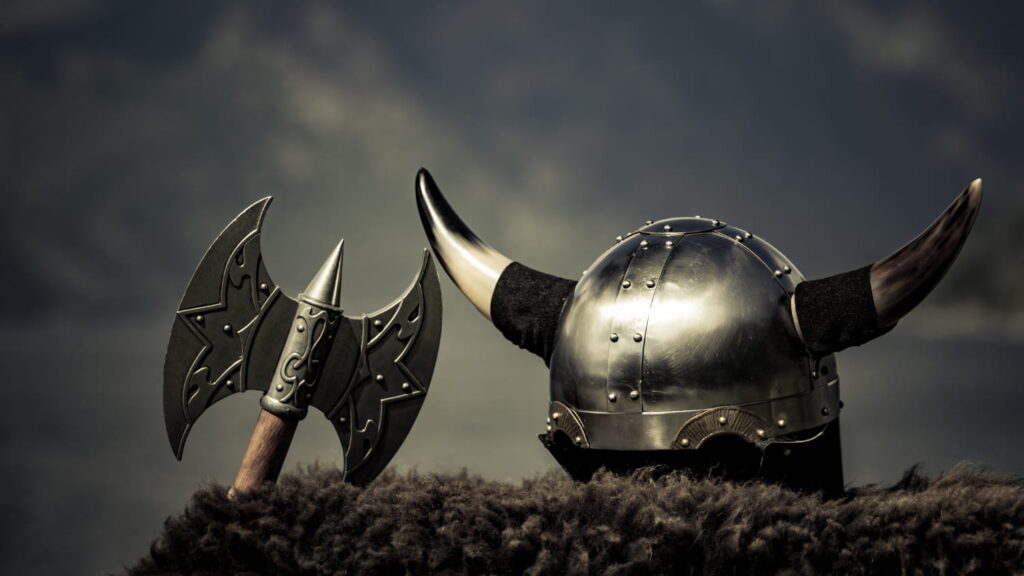
These creatures continue to appear in today’s games, books, and shows, from God of War to American Gods.
They’re reimagined as villains, allies, or antiheroes—but they still carry their ancient essence and symbolic weight.
Norse mythology stories evolve, but their beasts remain unforgettable—messengers of deeper truths through fang, feather, and flame.
The Road to Ragnarok: Prophecy and Doom
Ragnarok isn’t just the end—it’s destiny fulfilled. Norse mythology stories treat it as an inevitable unraveling of the divine and cosmic order.
The signs, the battles, and the aftermath reflect a mythic cycle of destruction, sacrifice, and strange hope beyond the end.
The Signs That Foretell the End of Days
It begins with Fimbulwinter—three endless winters, broken oaths, and the sun and moon being devoured by wolves.
Brothers turn on brothers, and even the gods sense the approaching collapse of the fragile balance they tried to maintain.
Norse mythology stories present these omens as warnings: fate cannot be escaped, even by those who try to outrun it.
Battles Between Gods, Giants, and Monsters
At Ragnarok, Odin faces Fenrir. Thor fights Jörmungandr. Heimdall duels Loki. Fire giants storm Asgard under Surtr’s flaming sword.
The gods fall one by one—heroes and monsters alike perish in a storm of fire, poison, and cosmic upheaval.
These Norse mythology stories remind us that even the divine aren’t immortal when destiny finally demands its price.
What Survives After the World Ends
After destruction, a new world rises—green, peaceful, and reborn. Two humans survive, hiding in Yggdrasil’s shelter during the chaos.
Baldr returns from Hel, the sun is reborn, and the cycle begins again—this time, perhaps with more wisdom.
Norse mythology stories close with quiet hope: endings are also beginnings, and even gods may get a second chance.
Norse Myths in Pop Culture and Modern Lore
Norse mythology stories didn’t vanish with the Vikings—they transformed, appearing in novels, films, games, and modern fantasy culture.
Their gods, monsters, and epic themes continue to fascinate, reimagined with new faces, but still echoing the depth of the originals.
From Sagas to Screens: Norse Myths in Film and TV
Thor, Loki, and Odin now battle not just giants—but box office numbers. Marvel’s cinematic universe turned gods into global icons.
Shows like Vikings and Ragnarok (Netflix) bring raw, gritty interpretations of the myths to a new generation.
These Norse mythology stories continue evolving, shifting tone and form, while preserving core themes of honor, fate, and cosmic struggle.
Books, Games, and the Rise of Mythpunk
Authors like Neil Gaiman (Norse Mythology) and Rick Riordan (Magnus Chase) brought these stories into young adult and literary fiction.
Meanwhile, God of War: Ragnarök redefined myth in gaming, blending lore with modern storytelling, drama, and emotional depth.
Fantasy’s new wave—“mythpunk”—challenges the old tales, remixing Norse mythology stories with diversity, queerness, and postmodern twists.
Why Norse Stories Still Resonate Today
In a world of uncertainty, these ancient myths offer timeless metaphors about chaos, sacrifice, and cycles of destruction and rebirth.
As the Mythlore Journal insightfully states, “Norse tales stand out for their moral ambiguity and cosmic scale,” still relevant in today’s storytelling.
Norse mythology stories endure because they reflect what we still question—what lasts, what matters, and what it means to fight fate.
When Myths End, Legends Begin
Norse mythology stories are more than divine adventures—they’re reflections of struggle, sacrifice, chaos, and rebirth across time and culture.
Even in endings like Ragnarok, there’s the seed of renewal—a reminder that in mythology, destruction often opens the path to meaning.
Curious how another civilization imagined gods, afterlife, and cosmic order? Then it’s time to dive into the sands of Egyptian Mythology.
From Ra’s solar voyage to Osiris’ resurrection, Egyptian tales offer their own vision of the divine, the eternal, and the symbolic.

Egyptian Mythology: Sand, Gods & Chaos
Meet Egyptian mythology and learn about how gods and pharaohs shared power through symbols, stories, and spiritual order.
Trending Topics
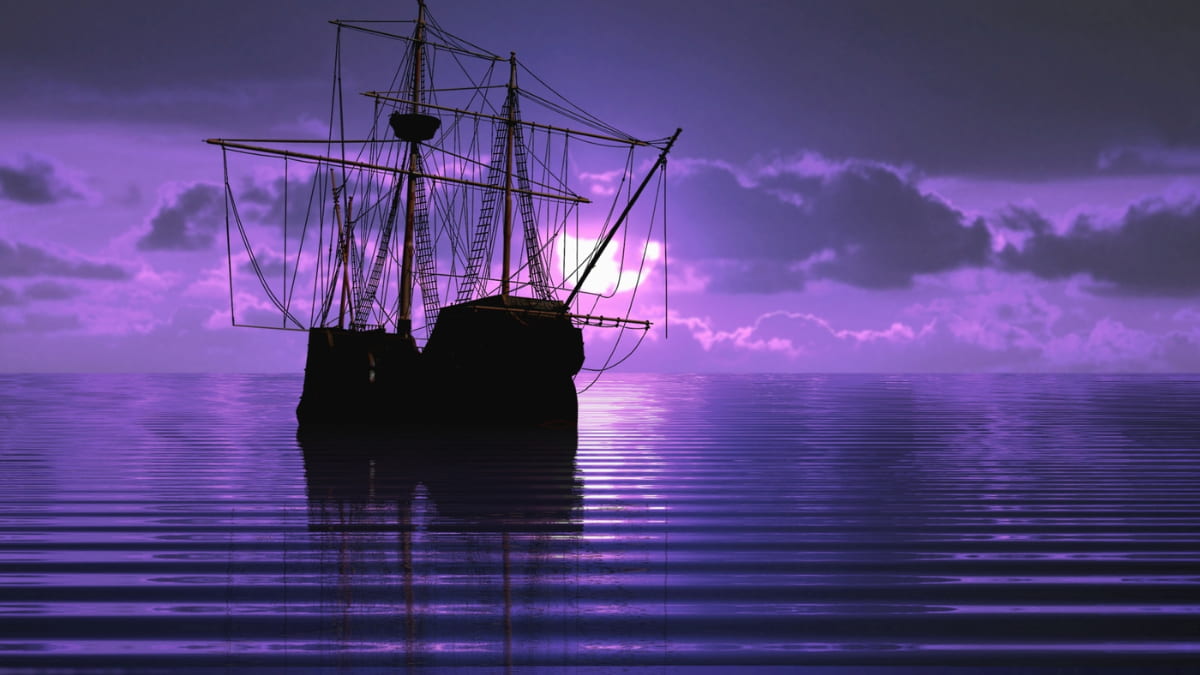
Privateers History: Legal Loot and High Seas Drama
Privateers history shows how legal raiders helped empires dominate seas and disrupt rival trade networks in the colonial world.
Keep Reading
A Closer Look at Lies in History Books
Many “facts” we learned in school are just well-dressed myths. Uncover how lies in history books still influence how we view major events.
Keep Reading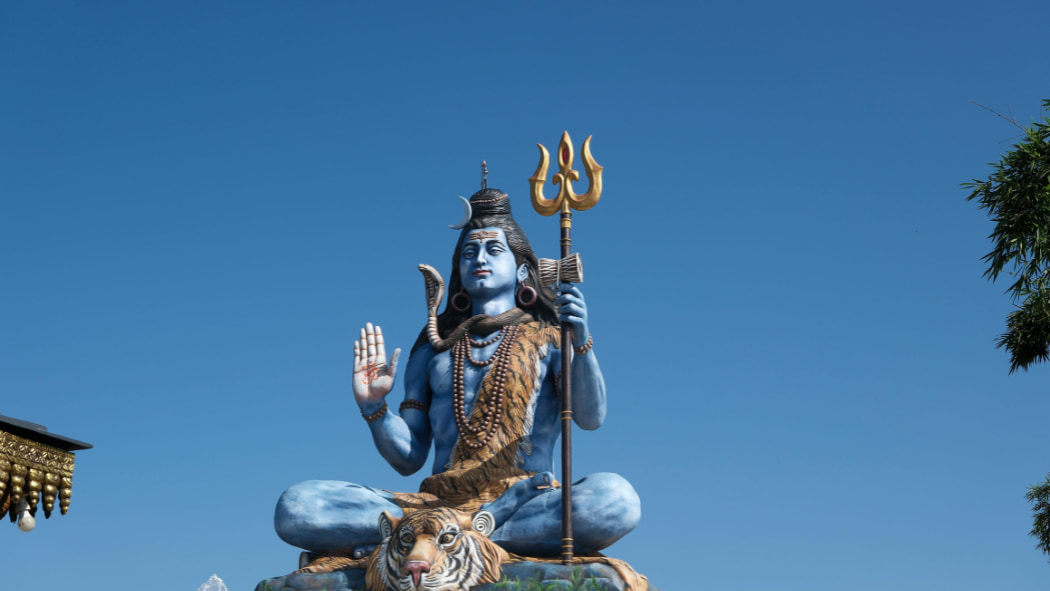
Hindu Myths That Shaped a Culture
Hindu myths continue to shape values, rituals, and modern identity through stories that carry deep cultural and spiritual significance.
Keep ReadingYou may also like

Deadly Myths: Ancient Curse Legends
Haunted relics and cursed tombs suggest ancient curse legends leave marks on those who dare disturb the past.
Keep Reading
Fierce, Wise & Wild: Women in Mythology
From fierce warriors to mystic queens, women in mythology wielded power, prophecy, and chaos—defying gods and ruling empires as divine icons.
Keep Reading
Trojan War Drama: Love, War, Betrayal
The Trojan War goes beyond legend — uncover what epic texts and modern excavations reveal about this legendary conflict.
Keep Reading